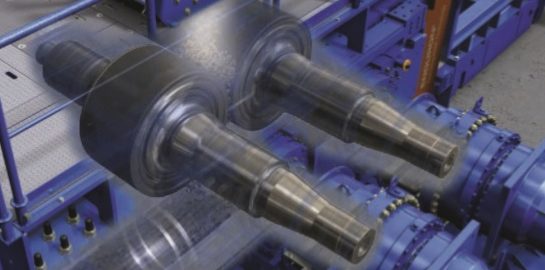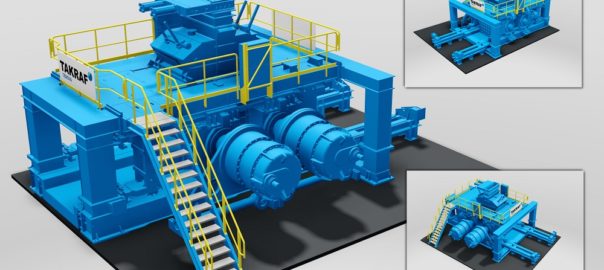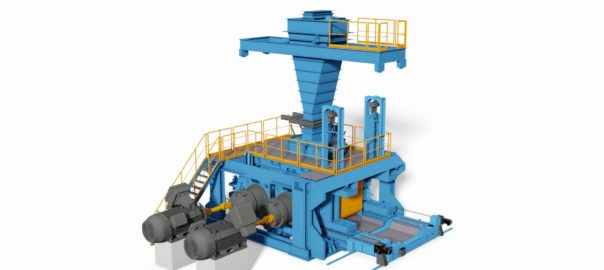The Minerals and ESCO divisions continued to stand out in Weir Group’s half-year 2019 financial results, with the two mining focused segments now representing around 75% of group revenues.
The Weir Group recorded revenue of £1.3 billion ($1.6 billion) in the first six months of the year, up from £1.07 billion a year earlier prior to the ESCO acquisition. Operating profit, meanwhile, was £172 million, up 25% year-on-year, with the Minerals division posting an operating margin of 17.2% and ESCO recording a margin of 14.1% (up 300 basis points from a year earlier).
In addition to Minerals and ESCO now commanding some 75% of group revenues, the two’s recurring aftermarket sales also now represent about 80% of total revenues.
In the first half of 2019, Minerals orders grew 5% with aftermarket orders up 8%, reaching record levels, according to Weir. “Original equipment orders, which are traditionally lumpier, fell by 2% year-on-year, but returned to growth in Q2 (June quarter) and this is expected to accelerate in the second half,” the company said.
ESCO, meanwhile, recorded a 5% increase in pro-forma revenues to £280 million, with annualised cost savings of $20 million ahead of schedule when it comes to the company’s medium-term target of achieving $30 million synergies.
During the period, original equipment demand within the Minerals segment benefited from miners continuing to expand current operations and investment in new mines, with demand for new technologies that increase efficiency and sustainability while lowering total costs, Weir noted.
This included strong demand for the company’s Enduron® HPGR (high pressure grinding roll) technology that reduces water and energy consumption, the company said, adding that the company had been contracted to support a large greenfield development in the UK in the period.
Weir said it also saw growing interest in its Terraflow® solution to enable tailings waste to be cost-effectively recycled or repurposed. This equipment brings wet tailings down to 90% solids paste to be pumped into a containment area or used for paste backfill.
The company added: “Aftermarket demand was strong, due to production growth and structural trends. These include continued ore grade declines that increase the amount of rock that needs to be processed, intensifying wear and tear and leading to additional demand for spares and services,” the company added.
During the period, Weir also added a new Minerals service facility in Alaska, which, it said, gives the division the ability to rapidly respond to demand for spares and services and is a “key differentiator in need-it-now mining markets, where production intensity is increasing, and the costs of unplanned downtime are significant”.
The company’s technology work continued to focus on incremental innovations and “Mine of the Future developments” aimed at solutions that are smarter, more efficient and sustainable, Weir said. This included focusing research and development on new pump and alloy designs, digitisation, ore hoisting, hybrid separation and tailings management.
Weir ESCO benefited from the same macro mining trends as its Minerals segment including increased ore production and the focus by mining customers on optimising productivity, the company said.
“This supported demand for differentiated technology that is proven to sustainably increase efficiency,” it said.
The first half of the year saw early market share gains for the N70 Nemisys® lip system, which extends the division’s Nemisys technology – featuring a cast or plate lip with shrouds and a three-piece tooth system. This is currently being trialled on smaller machine classes including wheel loaders, Weir said. “The N70 improves customer productivity through increased wear life, lower fuel consumption and reduced maintenance costs.”
The company also launched its GET Detect System during the period, an innovation it worked with Australia’s Mining3 on that provides instant feedback to the machine operator if one of the ground engaging tools used to extract minerals is lost or damaged.










